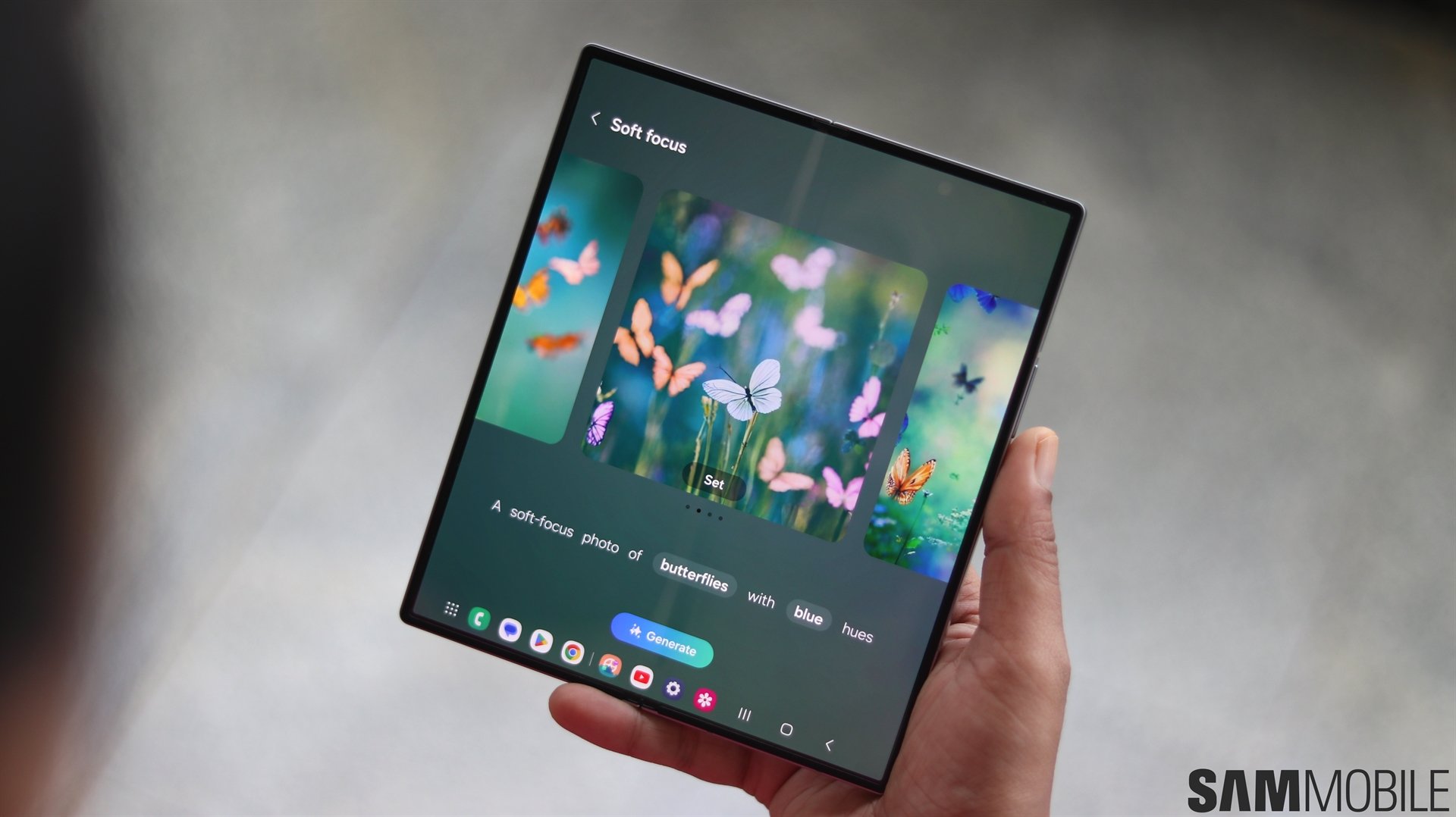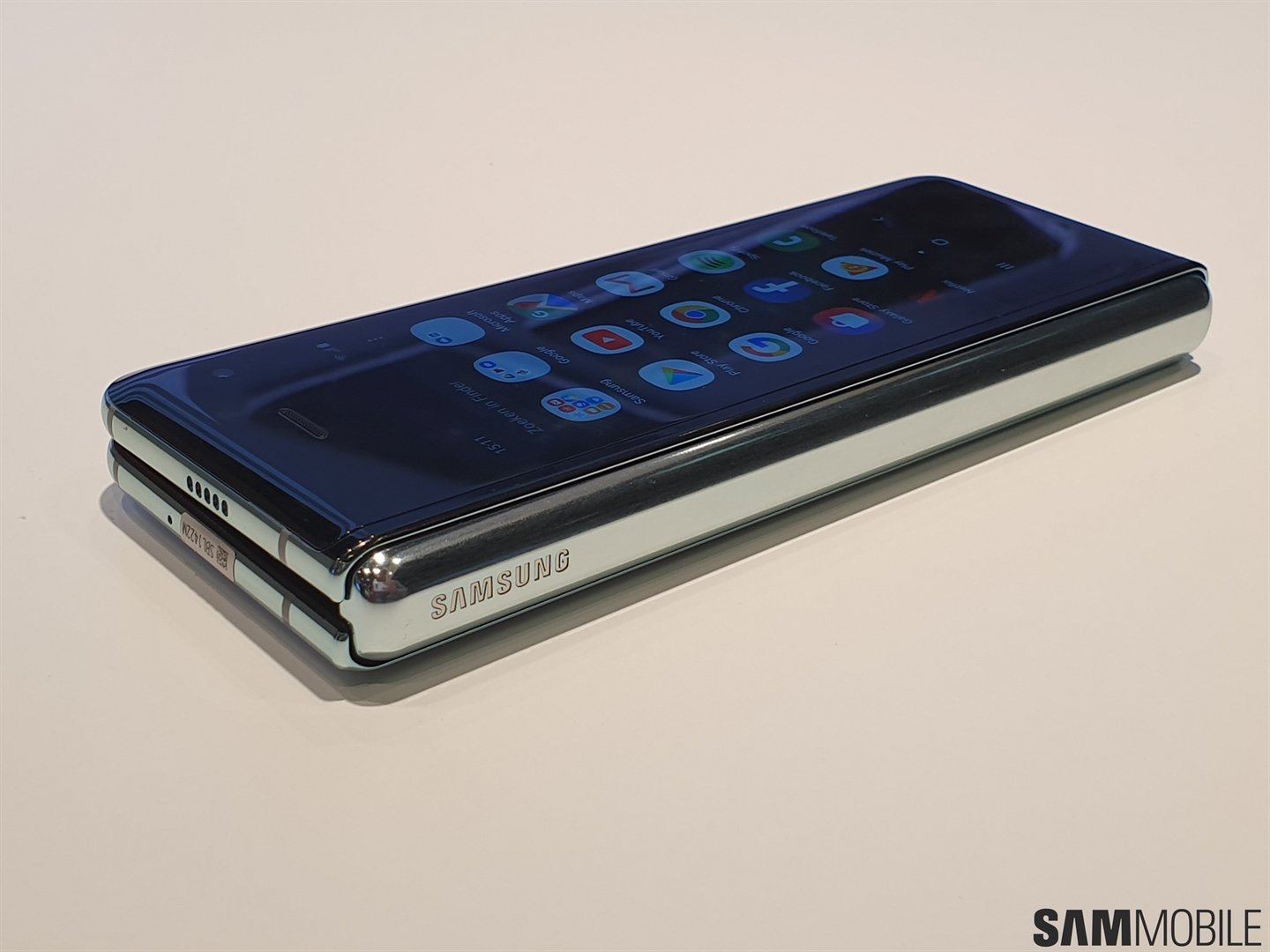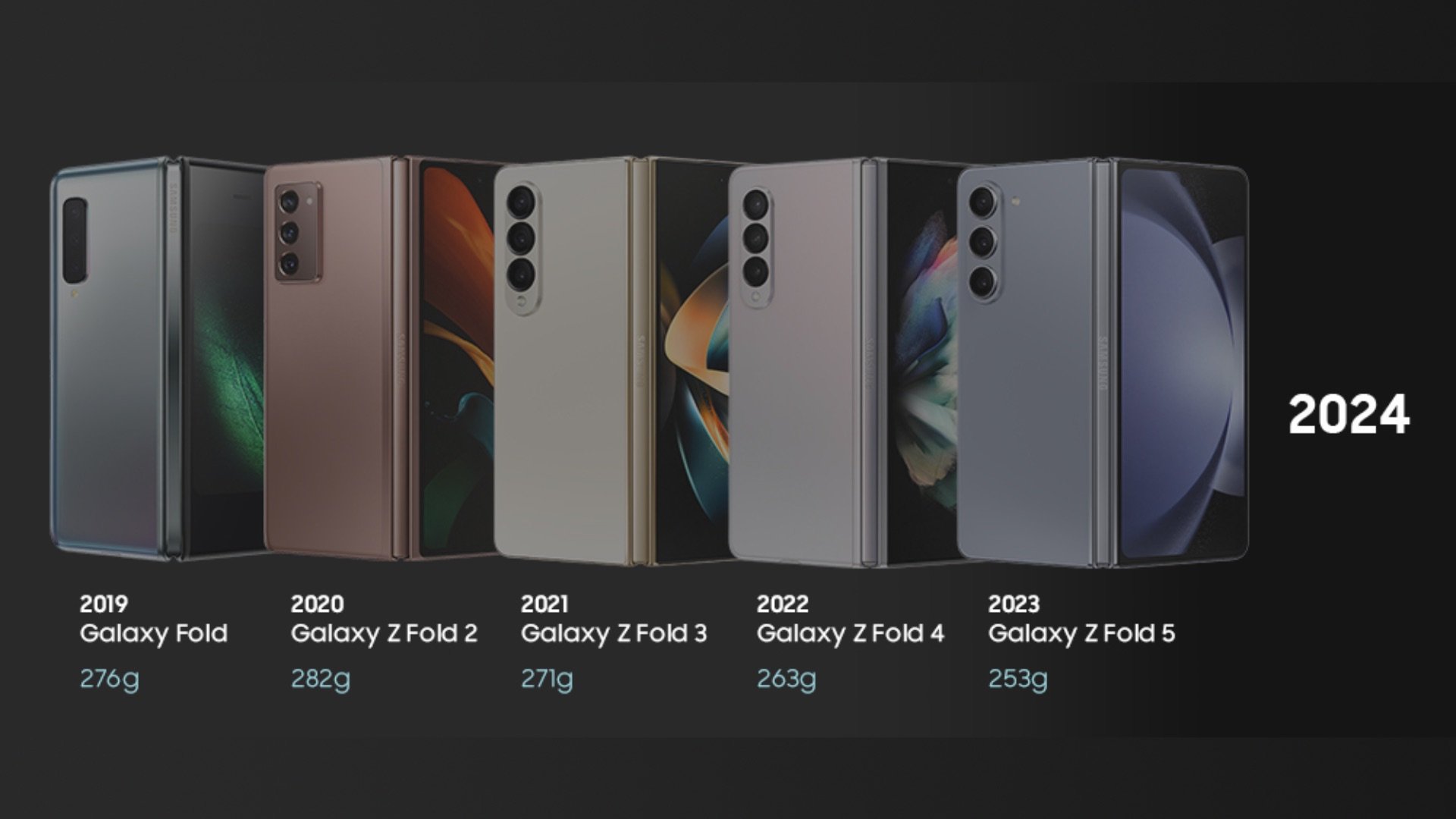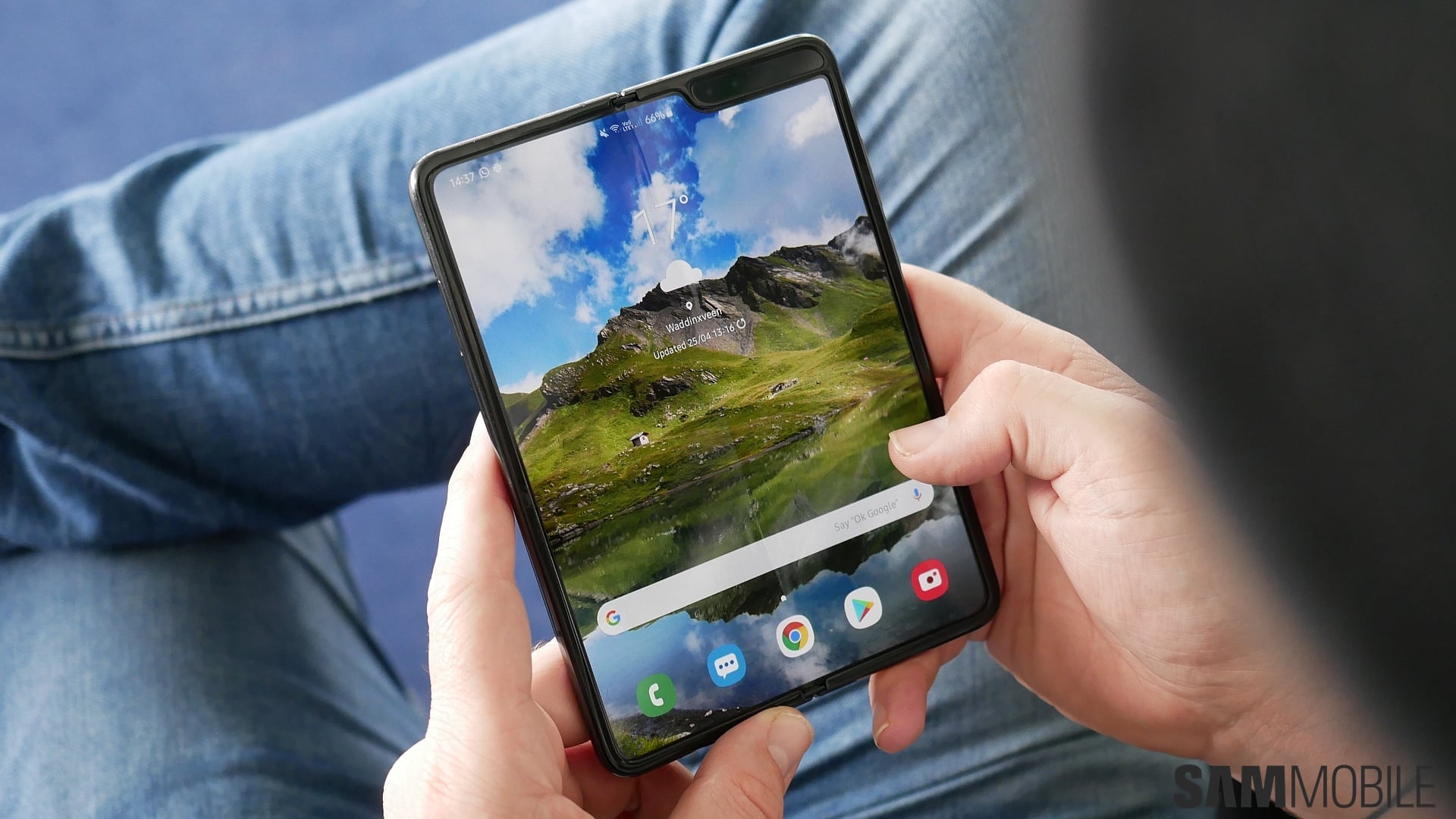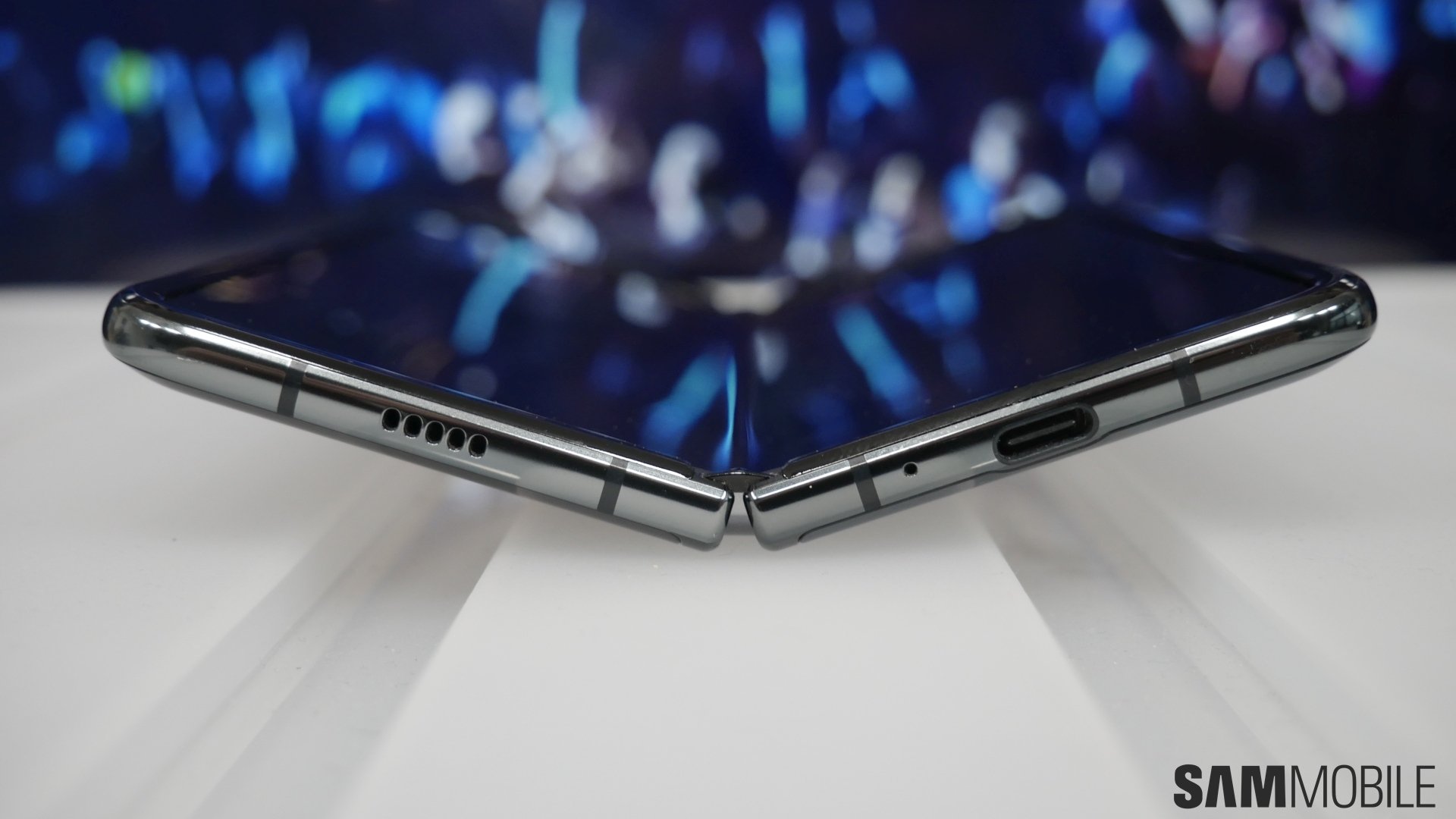
In other words, if you like the idea of owning a foldable flagship like the Galaxy Fold and you're waiting for the technology to become more affordable before hopping on the bandwagon, you might have a long road ahead of you. We think there's a strong possibility that Samsung's premium foldable devices may never get a hefty price cut, and there are a couple of reasons why:
Flagships have historically gotten more expensive, not cheaper
Non-foldable smartphones have existed for a decade now, and one would think that Samsung's flagship phones should have become more affordable 10 years after the launch of the original Galaxy S. In reality, the exact opposite has happened. This year's Galaxy S20 series stands as proof that the company's flagship phones have become more expensive, and there's no evidence to suggest that this trajectory will change drastically in the near future.
Granted, if we look at older technologies in a vacuum, they have become cheaper in time. Nowadays, the display used by the original Galaxy S would probably cost a fraction of the original price, but that's only because there's no practical use for it anymore. In truth, older technologies have been replaced by newer ones, and with them came increasingly higher prices.
This could foreshadow the evolution of foldable flagships. Perhaps the impressive foldable display used in the original Galaxy Fold will drop in price over the next few years. But Samsung is bound to continue investing in R&D and improve the technology every year, meaning that launch prices for the final products are more likely to maintain rather than decrease.
Samsung still has no competition and that's not a good thing for customers
It goes without saying that we're fans of Samsung and we want the company to succeed. At the same time, we're also customers, and what's good for the company might not always be good for us. This seems to be the case with the way the company is marketing its foldable devices. Samsung is weeks away from unveiling its third foldable phone and it still has no real competition. It dominates the segment, so it makes the rules.
Last year when Huawei seemed like a potential threat to Samsung's foldable phone business, the Korean giant may have considered ways in which it could make its Galaxy Fold sequels more affordable. But companies that don’t have competition look to get the maximum benefit out of their dominant position. It goes without saying that the industry will gradually jump on the foldable bandwagon but until that happens, expect Samsung to not give an inch.
If no other company can successfully pull off a viable foldable device, why would Samsung strive to lower its launch prices? Goodwill only goes so far, and big businesses will always aim to increase their profits. More so, the apparent failure of Samsung's rivals to match its pace in the foldable segment further highlights that the company has something unique to offer, and it can feel justified to capitalize on its favorable position as it sees fit.
Unless a rival threatens the company's dominance in the foldable segment, Samsung might never feel compelled to lower its prices, especially as long as tech enthusiasts will be willing to pay a premium for the latest and greatest technologies.
Samsung can still democratize foldable phones with a two-pronged approach
In a way, Samsung's asking price for the Galaxy Z Fold 2 can be easily justified thanks to its eccentric nature. After all, it is a phone and a tablet combined, offering a level of flexibility that has yet to be matched by any other mobile device. With that in mind, we're not necessarily arguing that $2,000 is an unfair price, only that Samsung's earlier efforts to reduce costs have seemingly stagnated. This is something to consider if you are waiting for launch prices to drop before joining the foldable scene.
The good news for fans of the foldable concept is that Samsung may be thinking of other ways in which it can democratize foldable display technology. The Galaxy Z Flip itself is a more affordable alternative, and the company was also rumored to be working on a so-called Galaxy Fold Lite that would cost $1,100 instead of $2,000.
It would certainly make sense for Samsung to create more cost-effective solutions in parallel with its flagship foldable. This way, the company could bring foldable technology in the hands of more customers, all the while allowing itself to push the limits of its premium solution and maintain its leadership in the segment.
At the end of the day, we're still hoping that Samsung will make its premium foldable devices more affordable in the coming years, but given the history of flagship smartphones and the current climate, this may never happen.












